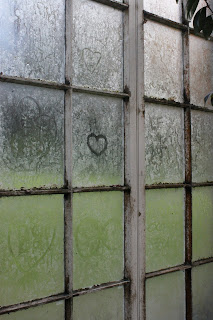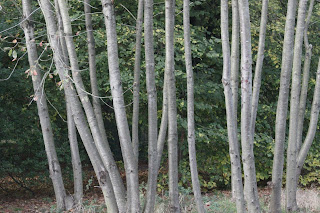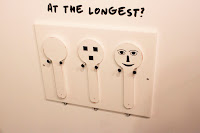In this session we were taught a writing lesson as a way to loosen up and explore how to think and expand on the initial idea for an essay. We did this using a writing technique that helps to develop a basic concept and building upon it.
1: Write one (short) true sentence. As fewer words as possible.
2: Add a description of the content
3: Add a description of more content
4: Give the content an emotional quality
5: What is going to happen next? - in context to your essay question
6: What happened before? - ion context to your essay question
The one we constructed in class was based on the image below. From this simple bit of information we had to expand on it using the formula stated to get more out of the image.
A brown bear sat in a chair.
Bear, sitting comfortably.
Cosy bear sitting comfortably.
Cosy bear sat on an outdoor chair.
Silly bear chilling in an outdoor chair.
Silly bear sat waiting for the circus.
Lost and weary bear waiting for the circus.
In order to prepare for the written paper we were asked to bring in relevant items and books that could be used as a starting point for the essay. I decided to bring in 2 books that could be relevant to the essay question: ' Discuss the effects of subcultures on influential graphic designers and/or animators.'
The first book I brought in was 'Subway Art' - Henry Chalfant and Martha Cooper 2009. This is a large format, graphic book focusing heavily on imagery and layout. There is little in terms of writing making a 'pure' example of subculture personified into a book.
The second book I brought in was 'XXX: The Power of Sex in Contemporary Design - Sarah Dougher and Joshua Berger 2003. This book shows a variety of commercial based graphic design with sexual themes.
To attempt this essay technique again I based the formular on this book. The results are as follows:
This book is about selling sex in contemporary art.
This explicit book is about selling sex in contemporary art.
This Bold explicit book is about selling sex in contemporary art.
Shamelessly explicit book about selling sex in contemporary art.
Shamelessly explicit book about selling sex in contemporary art to provoke questions of morals and subcultures.
Shamelessly explicit book about selling sex in contemporary art to provoke questions of morals and subcultures due to its lascivious and primitive nature.
This is a good starting point for an essay if struggling with writers block however it may not be ideal for every situation.






















































